-
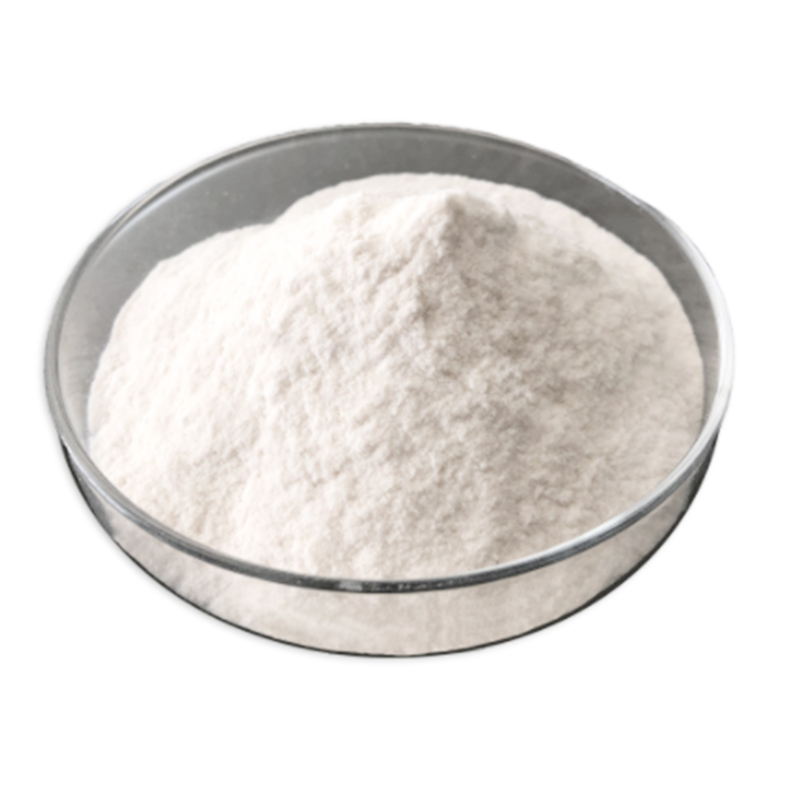
3-O-Ethyl-L-Ascorbic acid CAS:86404-04-8
3-O-Ethyl-L-Ascorbic acid is a stable derivative of ascorbic acid (vitamin C), commonly used in skincare and cosmetic products.
-
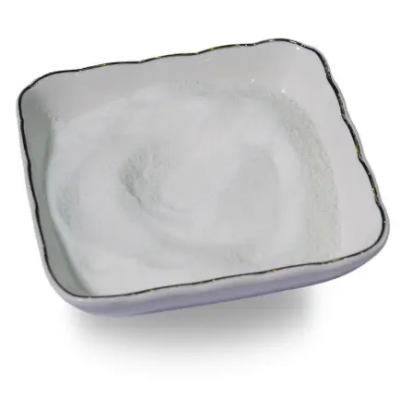
1-Methylhydantoin-2-imide CAS:60-27-5
1-Methylhydantoin-2-imide is a chemical compound used in various industrial applications. It is a crystalline solid with the molecular formula C4H6N2O2.
-

Amines, C16-18-alkyldimethyl CAS:68390-97-6
Amines, C16-18-alkyldimethyl, are significant organic compounds comprising long-chain alkyl groups and polar amine functionalities. With a molecular structure characterized by C16-18 alkyl chains and dimethylamine groups, these amines serve as essential intermediates in the production of cationic surfactants, corrosion inhibitors, and textile auxiliaries. Their versatile chemical properties make them indispensable components in the creation of diverse compounds with potential applications in personal care products, metal protection, and textile processing. The significance of Amines, C16-18-alkyldimethyl lies in their ability to confer surface-active and complexing properties to various end products, positioning them as pivotal elements in chemical synthesis and industrial processes.
-
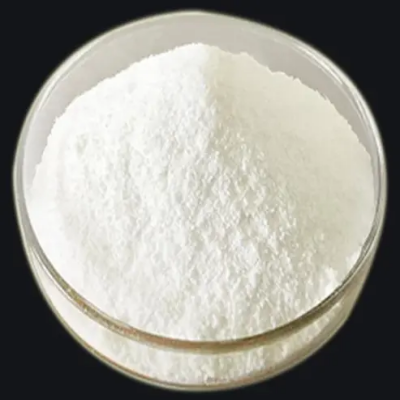
Pentamethylcyclopentadiene CAS:4045-44-7
Pentamethylcyclopentadiene is a stable, colorless liquid with a molecular formula of C10H15. It is commonly used in the synthesis of various organic compounds and acts as a versatile building block in chemical processes. This compound exhibits high thermal stability and is known for its unique reactivity, making it a valuable component in many industrial applications. Pentamethylcyclopentadiene is often utilized as a precursor in the production of advanced materials, pharmaceuticals, and specialty chemicals, showcasing its significance in diverse sectors.
-
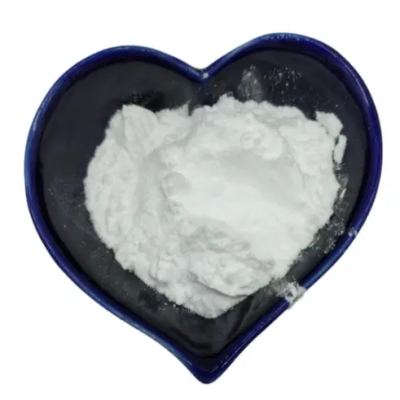
Palladium (II) chloride CAS:7647-10-1
Palladium(II) chloride, also known as palladium dichloride, is a chemical compound extensively utilized as a catalyst in various organic synthesis reactions. It serves as a versatile and effective source of palladium ions for catalyzing cross-coupling reactions, hydrogenation processes, and other transformations in the production of pharmaceuticals, fine chemicals, and materials.
-
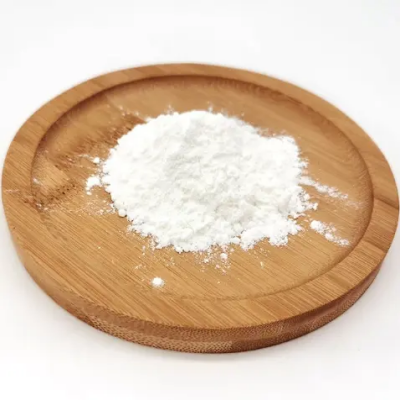
Tetrabutylammonium bis(4-methyl-1,2-benzenedithiolato)nickelate CAS:15492-42-9
Tetrabutylammonium bis(4-methyl-1,2-benzenedithiolato)nickelate is a significant organometallic compound with diverse applications in catalysis, coordination chemistry, and materials science. This complex features a nickel center coordinated to two 4-methyl-1,2-benzenedithiolato ligands and associated with the tetrabutylammonium cation.
-
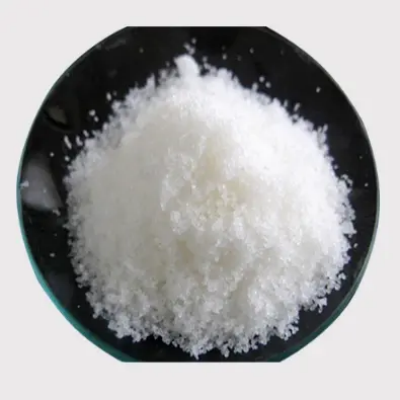
N,N-Dimethyloctadecylamine CAS:124-28-7
N,N-Dimethyloctadecylamine is a significant organic compound with the molecular formula C20H43N. This alkylamine, characterized by its long hydrophobic tail and polar amine group, serves as a crucial intermediate in the production of cationic surfactants, antistatic agents, and corrosion inhibitors. Its unique chemical properties make it an essential component in the creation of diverse compounds with potential applications in the fields of personal care products, polymer processing, and metal protection. N,N-Dimethyloctadecylamine’s significance lies in its ability to provide surface-active and complexing characteristics to various end products, positioning it as a pivotal element in chemical synthesis and industrial applications.
-
![Thieno[3,2-b]thiophene CAS:251-41-2](https://cdn.globalso.com/xindaobiotech/10WCKQ6EGR3DADJD9G10.png)
Thieno[3,2-b]thiophene CAS:251-41-2
Thieno[3,2-b]thiophene, a heterocyclic compound, plays a crucial role in the field of organic electronics due to its remarkable electron-donor properties and high charge carrier mobility. As an essential building block in the design and synthesis of organic semiconducting materials, it is widely utilized in the development of organic photovoltaic cells, organic field-effect transistors, and organic light-emitting diodes.
-
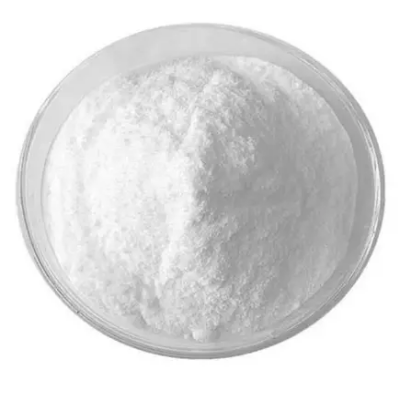
Pentamethylcyclopentadienylzirconiumtrichloride CAS:75181-07-6
Pentamethylcyclopentadienylzirconiumtrichloride is an organometallic compound featuring a zirconium center coordinated with pentamethylcyclopentadienyl ligands and chlorine atoms. This complex is widely utilized as a versatile catalyst in organic synthesis, particularly in the context of olefin polymerization and other important industrial processes.
-
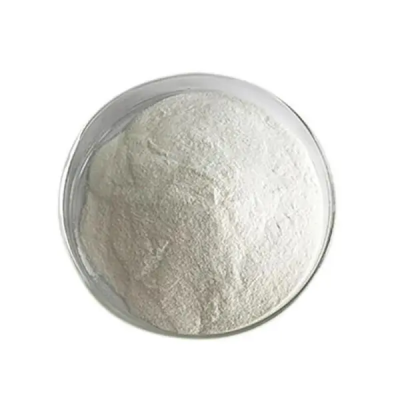
N-Vinylcarbazole Polymer CAS:25067-59-8
N-Vinylcarbazole polymer is a type of polymer derived from the monomer N-vinylcarbazole. It exhibits excellent thermal stability and film-forming properties, making it suitable for applications in optoelectronic devices, such as organic light-emitting diodes (OLEDs) and photovoltaic cells. This polymer possesses unique electronic and optical properties, contributing to its utility in advanced electronic and photonic technologies.
-
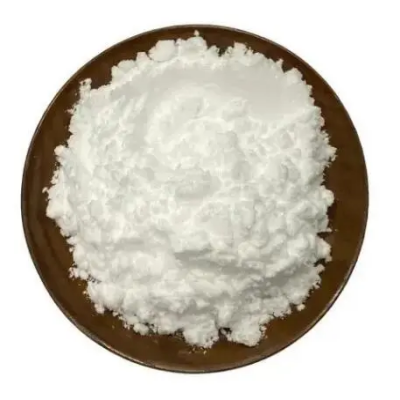
Dodecylbenzenesulphonic acid CAS:27176-87-0
Dodecylbenzenesulfonic acid, also known as DBSA, is an important industrial compound classified as an organic sulfonic acid. It is widely utilized as an anionic surfactant and emulsifier in various industrial and household applications due to its excellent surface-active properties and solubility in water and organic solvents.
-
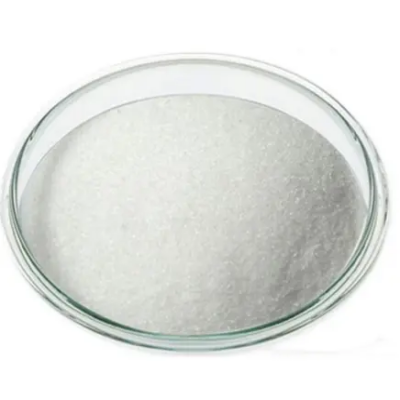
3-Dodecylthiophene CAS:104934-52-3
3-Dodecylthiophene, a member of the thiophene family, is a versatile organic compound with extensive applications in the field of organic electronics and materials science. With its conjugated structure and favorable electronic properties, it serves as a critical building block in the design and synthesis of semiconducting polymers, enabling advancements in organic photovoltaic cells, organic field-effect transistors, and organic light-emitting diodes.

